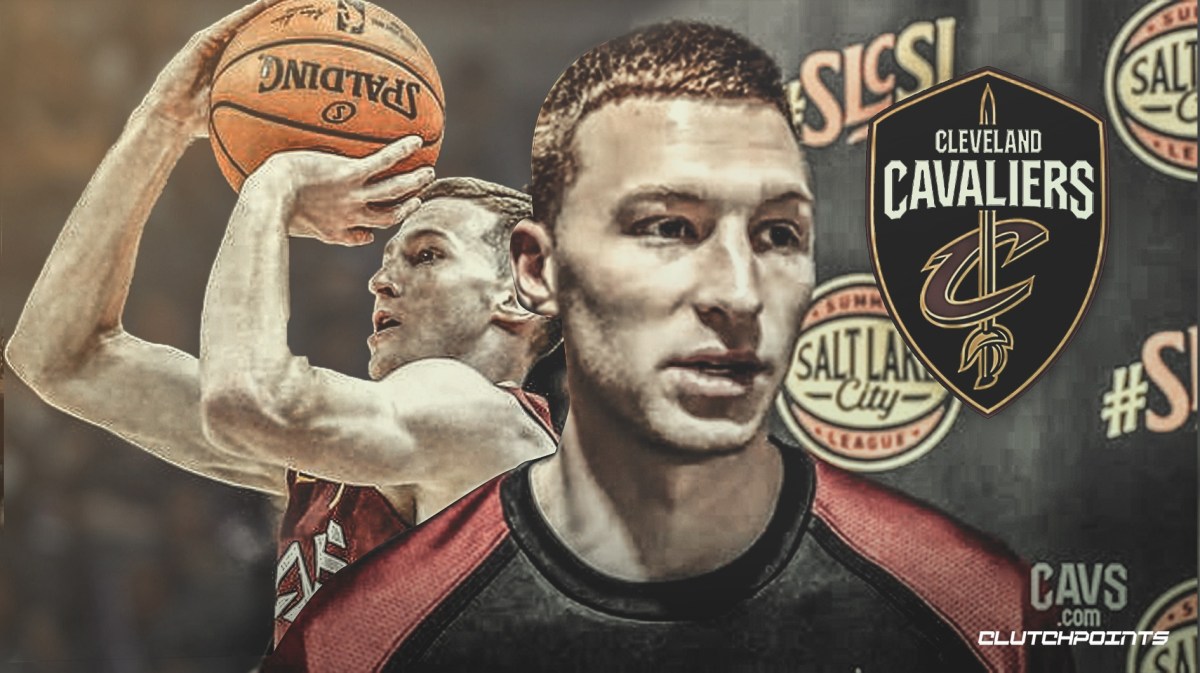With the Cleveland Cavaliers opening the 2019-2020 season on Wednesday, it’s time to preview the season for each member of the roster. Up next is rookie small forward Dylan Windler, who should have a significant role with the team once he returns from injury.
Windler was the 26th overall pick back in June, with the Cavs possessing that pick as a result of the Alec Burks trade that also landed them Brandon Knight. At Belmont, Windler was a three-year starter who showed consistent growth each season. He was drafted as an elite three-point shooter, but he didn’t enter college like that. Here are his career averages, courtesy of Basketball Reference.

Windler’s field goal percentage remained more or less unchanged, even as his attempts increased, which is a great sign. Even more encouraging is his work from beyond the arc; he went from barely being a threat from outside to having it be the focal point of his offensive game. His rebounding numbers are also impressive for a wing player, and even though he’s not known as an elite defender or playmaker, he can contribute in those areas as well.
Windler is perhaps the best or second-best shooter on the Cavaliers, with fellow rookie Darius Garland his only competition. Windler also plays on the wing, which is Cleveland’s weakest position. He should get some solid minutes coming off the bench to spell starter Cedi Osman, and depending on what happens on the trade front, he could even see time as a small-ball four to space the floor, with Kevin Love playing the five. A lineup of Garland, Collin Sexton, Kevin Porter Jr., Windler, and Love would be very interesting. Defensively, they would be torched at all levels. But they would also be extremely difficult to stop given the quickness and athleticism from the guards and Porter Jr., along with the shooting ability of all five.
Unfortunately, Windler suffered a stress reaction in his left leg just over three weeks ago, which kept him out of the entire preseason. The initial timetable on the injury was four to six weeks, so he’ll be out for at least another week, likely longer than that. The preseason is a valuable time for rookies, especially those who weren’t drafted high. It could take a while for Windler to become re-acclimated and to earn the role that was initially available for him to take. But it should happen at some point.
Once he gets fully up to speed, 20 minutes off the bench seems like a good number for Windler. At least, that was the case before the Cavs claimed Alfonzo McKinnie off waivers. McKinnie figures to be Osman’s backup at least until Windler returns, and possibly beyond that. Windler must now work extra-hard in order to earn a spot in the rotation.
Windler would provide great spacing and a catch-and-shoot option for whoever is running the point for the second unit, whether it’s Matthew Dellavedova, Jordan Clarkson, or perhaps one of Cleveland’s two starting guards. Defense should be where Windler focuses a majority of his time. 0.6 blocks and 1.4 steals per game aren’t bad numbers, but it’s more about what he does that won’t show up on the stat sheet; what sort of pressure does he apply to the player he is defending? Is he seeing passing lanes open up both on and off the ball? Does he realize when he needs to rotate to help a teammate out? These questions will likely have unsatisfactory answers early on, but Windler is smart enough to develop into a good defender. If his defensive game can mirror his offensive game in terms of gradual improvement, that will happen sooner rather than later.
Windler may never be an elite player, but he doesn’t have to be. He has the makings of an excellent perfect role player; someone who can reliably hit the triple, provide solid defense, and facilitate for teammates. The acquisition of McKinnie clouds his immediate role with the team, but Windler’s shooting will be hard for Beilein to keep off the floor. By all accounts, Windler has a great work ethic and attitude, and that combined with his history of development gives good reason for fans to be optimistic about his future.
